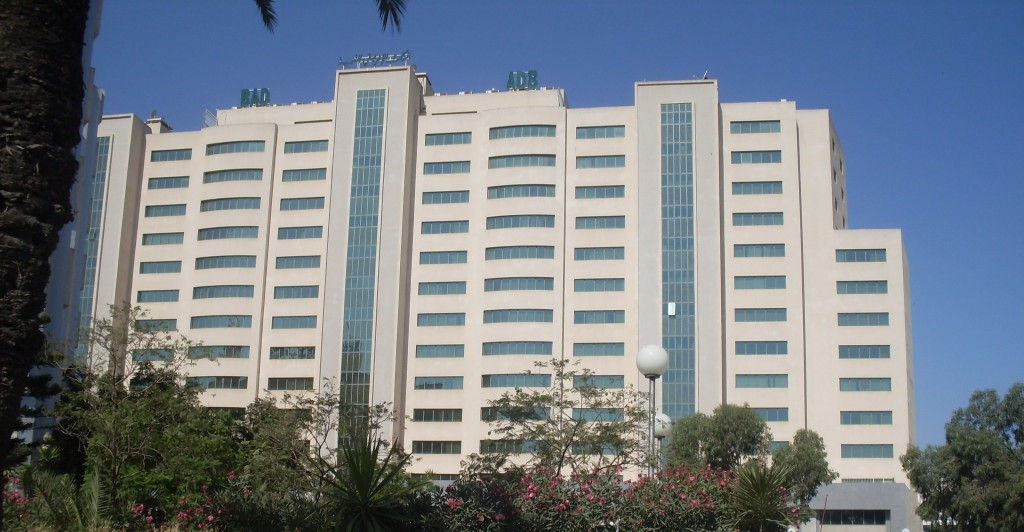The Banker, a Financial Times publication that examine Top 1000 World Banks ranking has said that in 2019, the Africa continent’s banking industry accounted for less than 1 per cent of global Tier 1 capital making it the smallest regional player, behind Latin America with, just over 2 per cent, and the Middle East (4%) and way behind the giants of Asia, Europe and North America. In its review of Top 1000 World Banks ranking, it said that “aggregate pre-tax profits of African banks, 2000-2019 nonetheless, the performance in capital terms of the top five African countries – South Africa, Egypt, Morocco, Nigeria and Kenya – is impressive, with South Africa, in particular, leading the way.
According to the Banker “The performance in capital terms of the top five African countries – South Africa, Egypt, Morocco, Nigeria and Kenya – is impressive” In the table of top African countries by Tier 1 capital, 2000-2019, by rank, South Africa has held first place consistently while other countries have jostled for position beneath it. Nigeria, for example, was in fourth place up until 2006, it then moved up to second for a 10-year period until 2016 but has since fallen back to fourth, reflecting the fluctuating fortunes of the country’s banking sector.
Egypt it said placed second in 2000, then fell to fourth after 2008, but has since recovered its second spot. Morocco and Kenya, meanwhile, have been more consistent with the former mostly coming in third place and the latter placing continuously at fifth. Throughout most of the period only Nigeria not recovering its pre-2009 high and now posting slightly less than $8 billion of capital, ahead of Kenya’s almost $3 illiobn, but some way behind Egypt’s $13 billion and Morocco’s $11 billion, massively behind South Africa’s $34 billion. South Africa’s banking sector towers over the rest of the continent’s and is roughly equivalent to the other four countries added together. Despite the fact that Nigeria’s $495 billion gross domestic product is about one-third larger than South Africa’s $370 billion, according to the latest International Monetary Fund figures.
“South Africa’s banking sector towers over the rest of the continent’s and is roughly equivalent to the other four countries added together” The table of top African banks by Tier 1 capital tells a similar story of South African dominance over the past 20 years with Standard Bank consistently in the number one spot, despite – as shown in the score table – its Tier 1 not showing the spectacular rises that we see for many banks, especially Asian banks, during the period under review. In fact, Standard Bank which placed 149th in the 2019 Top 1000 World Banks ranking, with $9.7 billion of Tier 1, has reduced its absolute capital in the past few years with a 3.72% drop from 2018 to 2019, reflecting the economic troubles in its home country. The same is true of the other major South African banks but this has not undermined their grip on the table with First Rand in second place, Absa third, Nedbank fourth and Investec eighth. The strongest Nigerian player is Zenith Bank in ninth place (415th in the 2019 Top 1000 ranking).
National Bank of Egypt was third in 2000, fell as low as eighth, but has since recovered to fifth; while the Moroccan banks – Groupe Banques Populaire and Attijariwafa – have mostly occupied the middle positions and now stand at sixth and seventh, respectively. “Standard Bank is consistently in the number one spot, despite its Tier 1 not showing the spectacular rises that we see for many banks” The Banker’s managing editor Joy Macknight talks to Middle East and Africa editor John Everington about the key developments within African banking in the past decades and the outlook for the Africa African Continental Free Trade Area.

